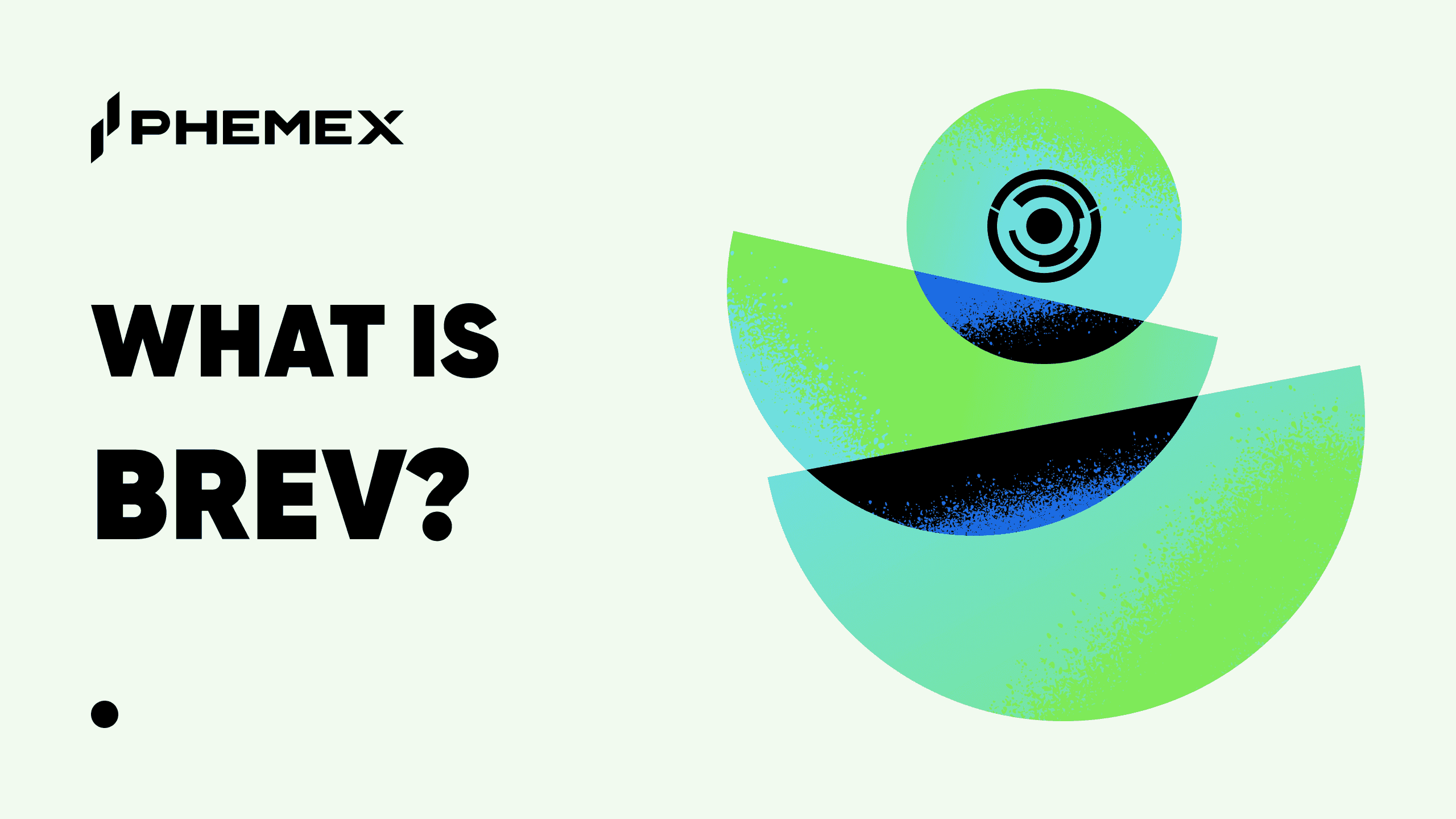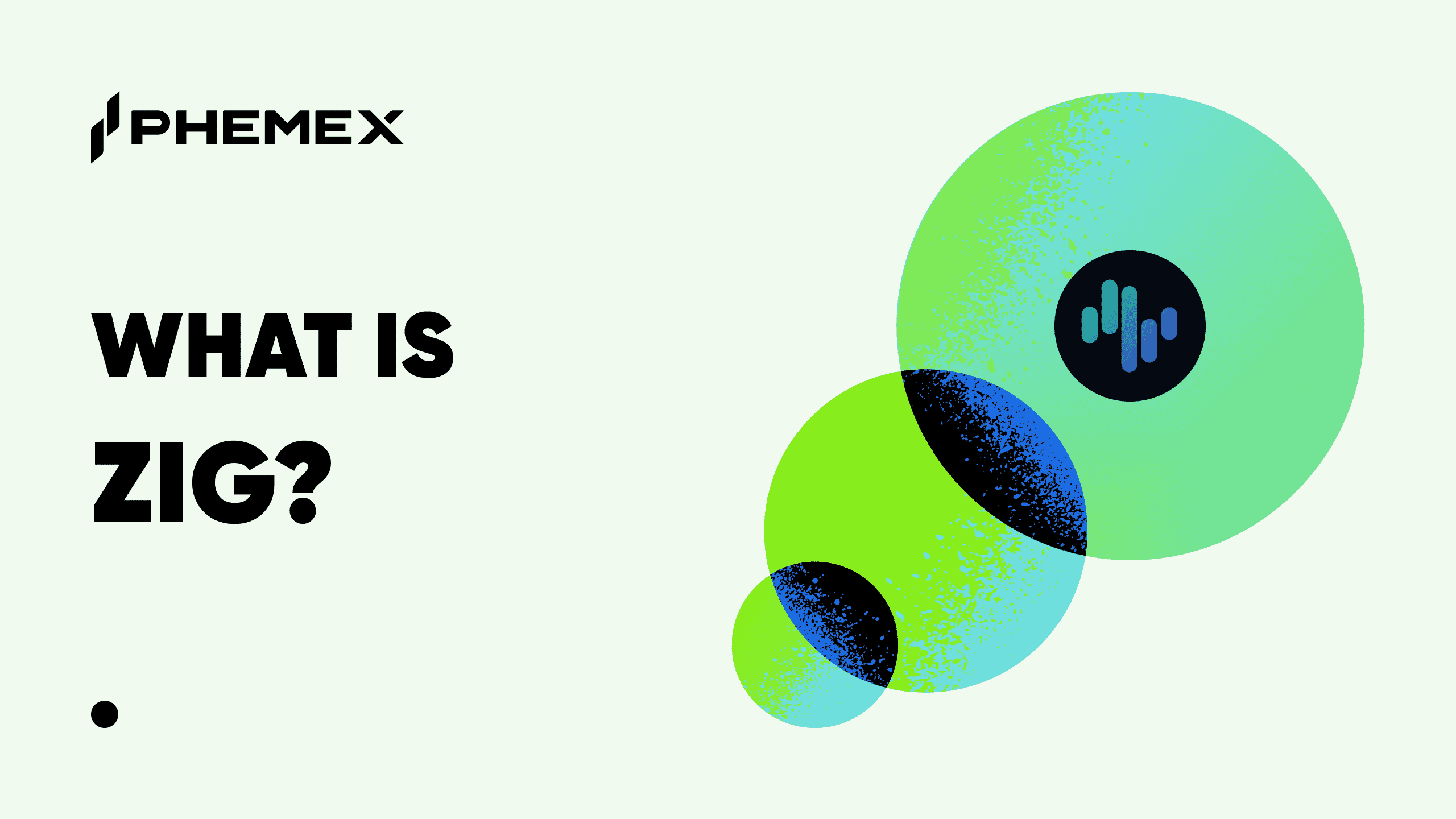Launched in 2017, Qtum (QTUM) is an open-source project designed to integrate both Bitcoin and Ethereum‘s strengths into a single blockchain platform. Currently, Qtum is trading at $17.88 per token with a circulating supply of 98.3 million, for a total market cap of $1.75 billion.

What Is Qtum?
Qtum is a cryptocurrency platform launched in September 2017. Having identified issues with security, Qtum’s developers saw a gap in the crypto market — namely, a lack of applications that could bridge distinct major platforms. They set about creating such an application, creating the company soon thereafter, and releasing Qtum’s white paper late that same year.
Qtum was designed to integrate Ethereum (ETH) technologies with the stability of the Bitcoin (BTC) blockchain. Despite continued innovation in the crypto space, these two blockchains remain dominant in the market. However, they are not without their own inherent weaknesses.
Ethereum’s powerful ecosystem and innovative technologies are often hampered by the network’s numerous high-profile security breaches. While Bitcoin is more secure, its applications (beyond as a store of value) are limited. This is due to the network’s lack of scalability i.e., its capacity to handle a large amount of transactions at any given time. This drawback has led to various contentious spin-off projects, such as Bitcoin Cash (BCH).
Qtum seeks to solve said drawback by combining the more functional aspects of both Ethereum’s and Bitcoin’s systems. A number of factors work together in unison to ensure that Qtum and the Qtum coin (QTUM) function properly, as is seen in the next section.

How Does Qtum Work?
Qtum uses two major crypto platforms, Bitcoin and Ethereum, in combination with each other. Qtum’s developers claim their innovative system solves the key issues plaguing both platforms:
- Low interoperability: Interoperability in crypto is defined as the ability of two distinct networks to communicate with one another. Low interoperability is a serious problem for all forms of digital communication, and in this crypto is no different.
- High rigidity: In cryptographic terms, rigidity simply refers to the level of symmetry required for computer code to be accepted (or “read”) by a system. Networks with a high level of rigidity allow for little room to experiment and maneuver, which is hardly ideal when dealing with new technologies, such as crypto.
- Lack of real-life application: Cryptocurrencies that can only be used in a digital setting have little to no use in the real world.
In addition to these issues, there is also the issue of low scalability that we mentioned before. To try and solve these many problems, the Qtum platform uses several common technologies in conjunction with one another:
- Smart contracts: Smart contracts are programs that automatically run on a blockchain when certain predetermined conditions are met, without the need for human interaction. These are used to digitally enforce agreements (such as “sell when price reaches x“), just as a normal contract enforces an agreement between two parties.
- ERC-20 tokens: The QTUM cryptocurrency complies with ERC-20, a common standard for Ethereum-based tokens. These tokens use the Ethereum blockchain to ensure secure and transparent transactional activity.
- Proof-of-stake consensus mechanism: Proof-of-stake is a system where users must set aside (or “stake”) a portion of their funds in order to help ensure overall network security. These funds are then locked up in an inaccessible account, and allow contributors to generate a small amount of passive income from the process. This potentially incentivizes many users to participate, which is essential if a proof-of-stake system is to remain honest, secure, and stable.
- Decentralized app (DApp) support: DApps are the foundation the crypto world is built upon, as virtually all cryptocurrency platforms are a form of DApp. By allowing for the support of multiple DApps, Qtum hopes to solve the issue of interoperability discussed earlier.
All of these technologies are commonplace for Ethereum-based crypto tokens, even when used together. However, Qtum does stand out from its competitors in many aspects.

What Are Qtum Solutions?
Qtum claims to be the altcoin with the largest PoS peer-to-peer network, with full global nodes exceeded only by the Bitcoin and Ethereum networks. The protocol positions itself as a “business-friendly smart contract platform” with enterprise-tailored solutions such as Unita, a fully automated storage and transfer protocol.
Developed to facilitate enterprise blockchain adoption, Unita offers cross-chain swaps, decentralized storage, and one-click deployment modules at over 10,000 transactions per second (TPS). Unita aims to provide a scalable protocol that enterprises can customize according to their specific needs.
Built to model Ethereum’s ERC-20 standard, Qtum also supports the implementation of QRC-20 tokens. A variety of these tokens have been created by other developers on the Qtum blockchain, though most of these tokens don’t seem to have many practical uses. More recently, Qtum expanded support for decentralized finance (DeFi) applications, which may be better positioned to make use of QRC-20.
In late 2020, the QiSwap decentralized exchange (DEX) was launched on top of the Qtum blockchain to facilitate DeFi application development. The DEX provides an independent liquidity protocol for both QTUM and QRC-20 tokens through automated market maker algorithms. The DEX allows trading between QTUM, stablecoins such as Qcash (QC), and a variety of other pairs. More recently, QiSwap launched the Qi Token to enhance holder governance and reward early adopters.
While Qtum hasn’t seen a great deal of developer interest, the protocol recently wrapped $20 million in tokens to stimulate adoption. Qtum also offers $1 million in grants ranging from $25,000 to $50,000 each for developers looking to build or migrate DeFi applications onto the Qtum blockchain.
What Is the QTUM Staking Pool?
The QTUM staking pool is the system that the Qtum network uses to provide security and consensus for transactions made upon it. Users stake their funds into this pool using the proof-of-stake consensus mechanism described above, and can choose to either enter the pool alone or with a group of other stakers on the network. These collective pools are referred to as Super Stakers on the Qtum network, whereas single stakers are referred to as Solo Stakers.
What Is QTUM Block Explorer?
A simple tool that allows QTUM users to access detailed information on their QTUM transactions, QTUM Block Explorer is a useful application. Housed on the Qtum network, the QTUM Block Explorer is able to provide those interested with transaction IDs, addresses, and all other kinds of integral info regarding any QTUM transaction or movement.
What Is the QTUM Wallet?
The QTUM wallet is the Qtum network’s built in system of digital finance storage. The wallet allows users to download and store their private wallet keycodes in a secure, offline fashion. This prevents all kinds of digital fraud, and can be an essential feature for any committed crypto investor.
What Makes Qtum Stand Out?
To accomplish its goal of providing an innovative system, Qtum relies on two unique technologies:
- Account abstraction layer (AAL): Qtum’s AAL enables the platform to create, execute, and process smart contracts on top of a secondary Bitcoin layer. This allows the hosting of DApps on the Ethereum Virtual Machine, or Qtum’s own x86 virtual machine, while maintaining blockchain performance. More importantly, the AAL ensures the interoperability of DApps across a variety of blockchains.
- Decentralized governance protocol (DGP): Qtum’s DGP enables core smart contract parameters. In most blockchains, smart contracts can never be modified after launch. This issue most famously led to the splintering between Ethereum and Ethereum Classic (ETC).
In addition, Qtum claims to be the altcoin with the largest PoS peer-to-peer (user verified) network after Bitcoin and Ethereum networks. Qtum’s proof-of-stake algorithm serves to improve scalability and ensure all holders can participate in governance. The protocol positions itself as a “business-friendly smart contract platform” with a fully integrated and automated storage/transfer system.
Built to model Ethereum’s ERC-20 standard, Qtum also supports the implementation of QRC-20 tokens. A variety of these tokens have been created by other developers on the Qtum blockchain, though most of these tokens don’t have many practical uses. More recently, Qtum expanded support for decentralized finance (DeFi) applications, which may be better positioned to make use of QRC-20.
Who Is Behind Qtum?
The Qtum Foundation was founded in 2016 by Patrick Dai, Neil Mahi, and Jordan Earls. Dai studied computer science at Draper University and later dropped out of the Chinese Academy of Sciences to work as a product manager at Alibaba. He then worked on a variety of blockchain projects (Factom, VeChain, and others) before starting Qtum in 2016. He currently serves as the foundation’s Chairman.
The Qtum project has a number of high-profile investors, including Roger Ver (Executive Chairman of Bitcoin.com), Anthony Di lorio (Co-Founder of Ethereum and Bitcoin Magazine), and Jeremy Gardner (Co-Founder of Augur). But perhaps more notably, the project has not attracted any institutional investment despite the relative hype around it.
QTUM Price History and Analysis
The Qtum coin (QTUM) started out its life well, starting at just over $4.50 after its initial coin offering (ICO) phase. By early January 2018, the token had reached an all-time high of $100.22, representing truly staggering returns for any early investor that had maintained a position in the currency. QTUM continued its impressive run over the following months, though it stabilized fairly soon thereafter. Two months later, QTUM’s price was averaging around $20.

Price chart for the QTUM crypto from launch to February 2022 (source: Coinmarketcap)
It was from here that things began to sour for the emerging crypto token. By September 2018 the price had actually fallen below its ICO price of just over $4.50. A lack of development, as well as a number of controversies coming to light, resulted in the rapid and prolonged fall of the once great coin. QTUM would stay below its ICO price, save for a few quick blips, until the beginning of 2021.
QTUM’s price has remained much stronger in 2021–22, having put the weight of its past issues behind it. The coin’s price maintained a modest average of around $10 throughout 2021, and even into 2022 — despite the 2021–22 crypto mini-crash and mass sell-off that has affected the market.
In spite of the Qtum coin price’s strong performance through the initial stages of 2021, the token is still far from its all-time high of $100.22.
What Is the Future of Qtum?
The development roadmap for Qtum seems to have slowed significantly since its inception. The project made no announcements for around 4 months following the end of 2020, and observers noted that contributions to Qtum’s Github page had largely stalled. During early April, the project returned to activity with a string of development updates and a roadmap for 2021.
The most impressive thing about Qtum is its high interoperability. The backward smart contract compatibility and cross-chain integration offered by Qtum’s AAL technology may be a game-changer. While this may be the key to differentiating the project from its competitors, as Qtum claims a much faster transaction speed than traditional networks, caution is advised. Other scalable protocols, such as Solana (SOL), claim even faster performance, are much more widely supported, and are far less steeped in controversy.
Qtum’s roadmap seems to indicate a technical shift towards DeFi applications, which may be necessary considering the protocol’s inability to attract much developer interest. Currently, the only significant project running on Qtum infrastructure is the QiSwap decentralized exchange (DEX).
Qtum is currently ranked #96 by market cap. According to the Qtum Foundation, there is no hard cap on the supply of QTUM. An initial supply of 100 million QTUM was minted before the project went online. While new tokens can be mined through staking, block rewards are expected to halve every four years and reach zero by 2045, when the supply will reach roughly 107 million.
Is Qtum Secure?
Qtum hasn’t seen a great deal of developer interest, leading the company to wrap $20 million worth of tokens in order to stimulate adoption. Qtum also offers over $1 million in grants ranging from $25,000 to $50,000 each for developers looking to build or migrate DeFi applications onto the Qtum blockchain.
Suspicions have surrounded Qtum since chat logs and photo evidence surfaced that Patrick Dai previously went by “Steven Dai,” during which he served as CTO of BitBay. The BitBay project attracted controversy after an exit scam netted its founders thousands of BTC. The coin’s launch was manipulated by two notorious altcoin groups, and allegedly Dai himself.
In a statement released on the Qtum Slack channel, Dai denied all wrongdoing, claiming that he left the project because he “no longer had any time” due to his job at Alibaba. While BitBay’s Lead Developer David Zimbeck initially defended Dai as the only honest member of the project, BitBay as a whole now alleges that Dai left without any support, and stole “millions” on his way out. Clearly, caution is advised when dealing with a platform like Qtum.
What Is the QTUM Roadmap?
Issued on the 11th February 2021, the QTUM Roadmap is the latest piece of documentation released by the Qtum network, detailing its future goals and aspirations. Previous topics that were covered by the 2020 Roadmap included offline staking, protocol privacy, and virtual machine architecture. The 2021 Roadmap actually covers more or less the same topics, but in greater detail, and focusing on the headway the company has made in the last year.
Is Qtum Credible?
Suspicions have surrounded the Qtum project since chatlogs and photo evidence surfaced that Patrick Dai previously went by “Steven Dai,” during which he served as CTO of BitBay. The BitBay project attracted controversy after an exit scam netted its founders of thousands of BTC. The coin’s launch was manipulated by two notorious altcoin groups, and allegedly Dai himself. In a statement released on the Qtum Slack channel, Dai denied all wrongdoing, claiming that he left the project because he “no longer had any time” due to his job at Alibaba. While BitBay’s Lead Developer David Zimbeck initially defended Dai as the only honest member of the project, BitBay as a whole now alleges that Dai left without any support, and stole “millions” on his way out.

Conclusion
Qtum is a project that has cause for both optimism and concern. While the token has the lofty goal to serve as a Bitcoin-Ethereum hybrid, it has struggled to encourage much adoption among the general public.
Prospective holders should be cautious of co-founder Dai’s checkered past and perform their own due diligence with regard to the Qtum Foundation team. None of the token’s three co-founders have much experience in the crypto space, yet the project does have a few big-name investors.
It should also be noted that the project is largely funded by its initial $15 million ICO (Qtum), along with a significant 20% share earmarked for the foundation during initial mining. Qtum lacks any institutional investors, which may limit the project’s ambitions in the long term and raise concerns regarding legitimacy in the short term.
While the token’s price has performed well in the past, its prospects depend on the team’s ability to expand, and push the widespread adoption of DeFi. Qtum will need to offer more than just theoretical improvements over ETH and BTC to prove its “business-ready” claims.
Read More
- What is Quorum: A Closer Look at an Enterprise Blockchain Giant
- What is Cryptocurrency & How It Differs From Digital Cash
- Why Does Bitcoin Have Value?
- What is the Quant Network: Interoperability Between Blockchains
- What Is Quantitative Trading: A Beginner Guide
- What is Blockchain Technology: The Biggest Misconception About It
- How To Do Crypto Research: The Best Ways to Get Started
- What is Bitcoin: World’s Largest “Group Project”









